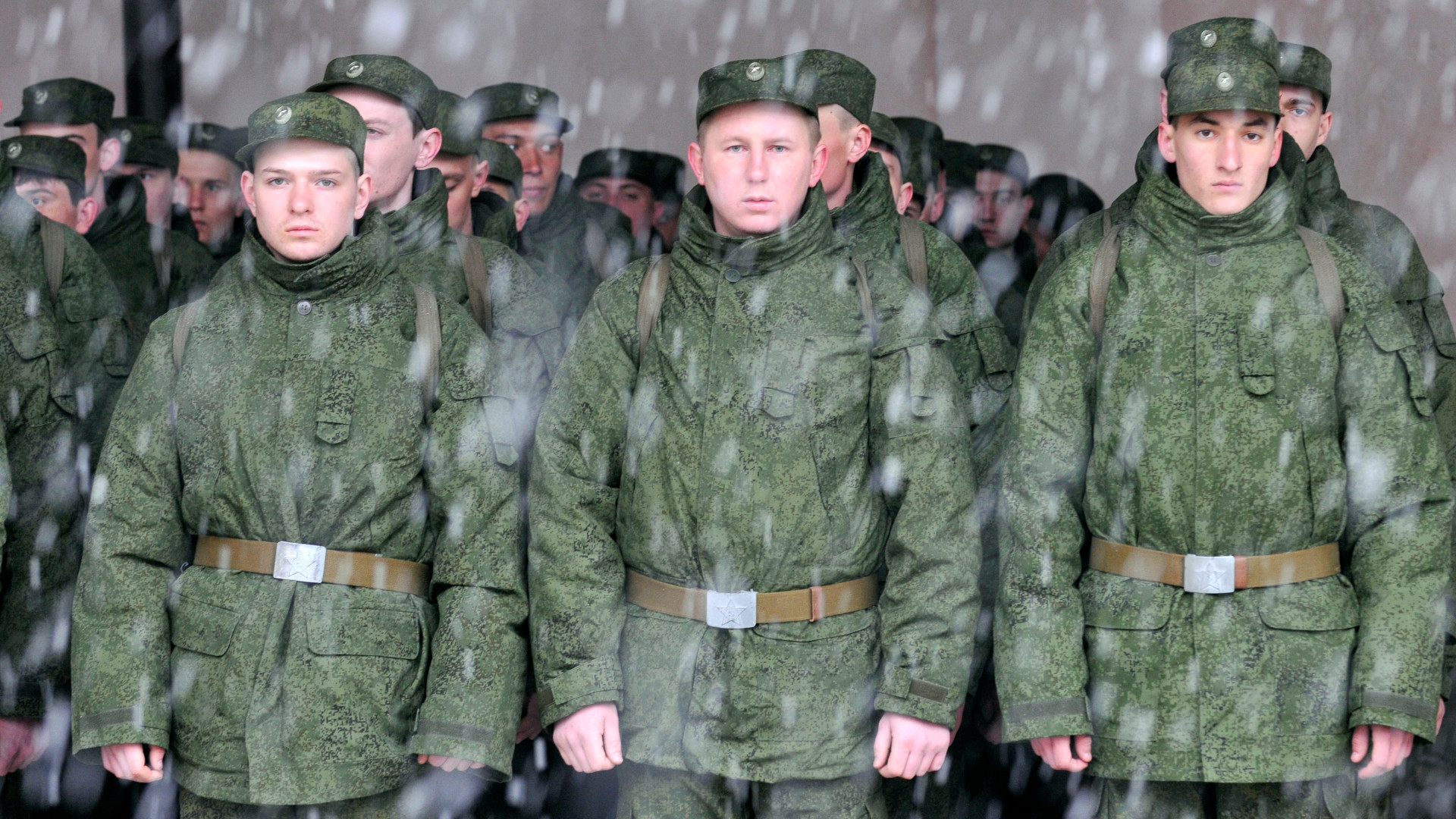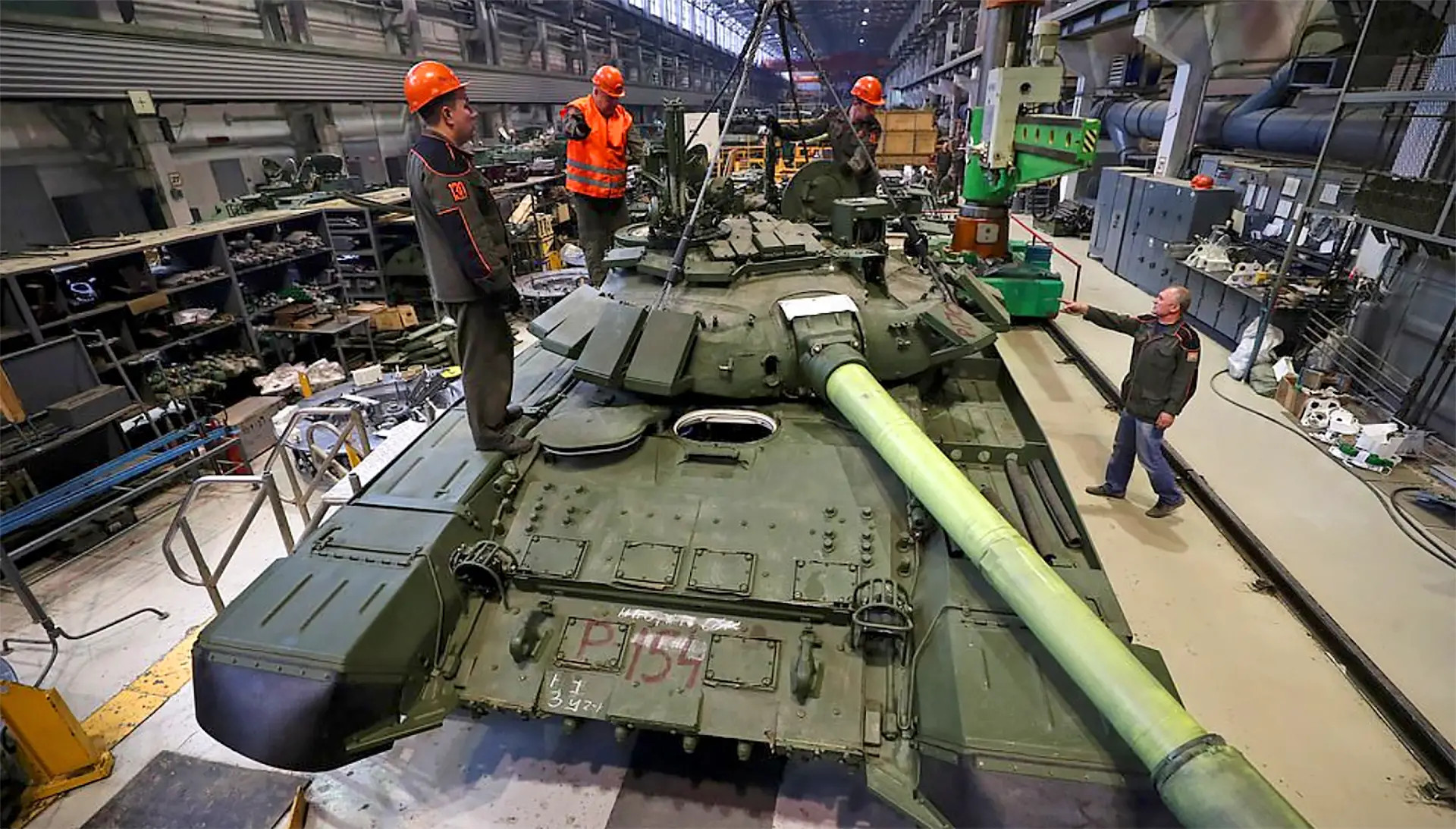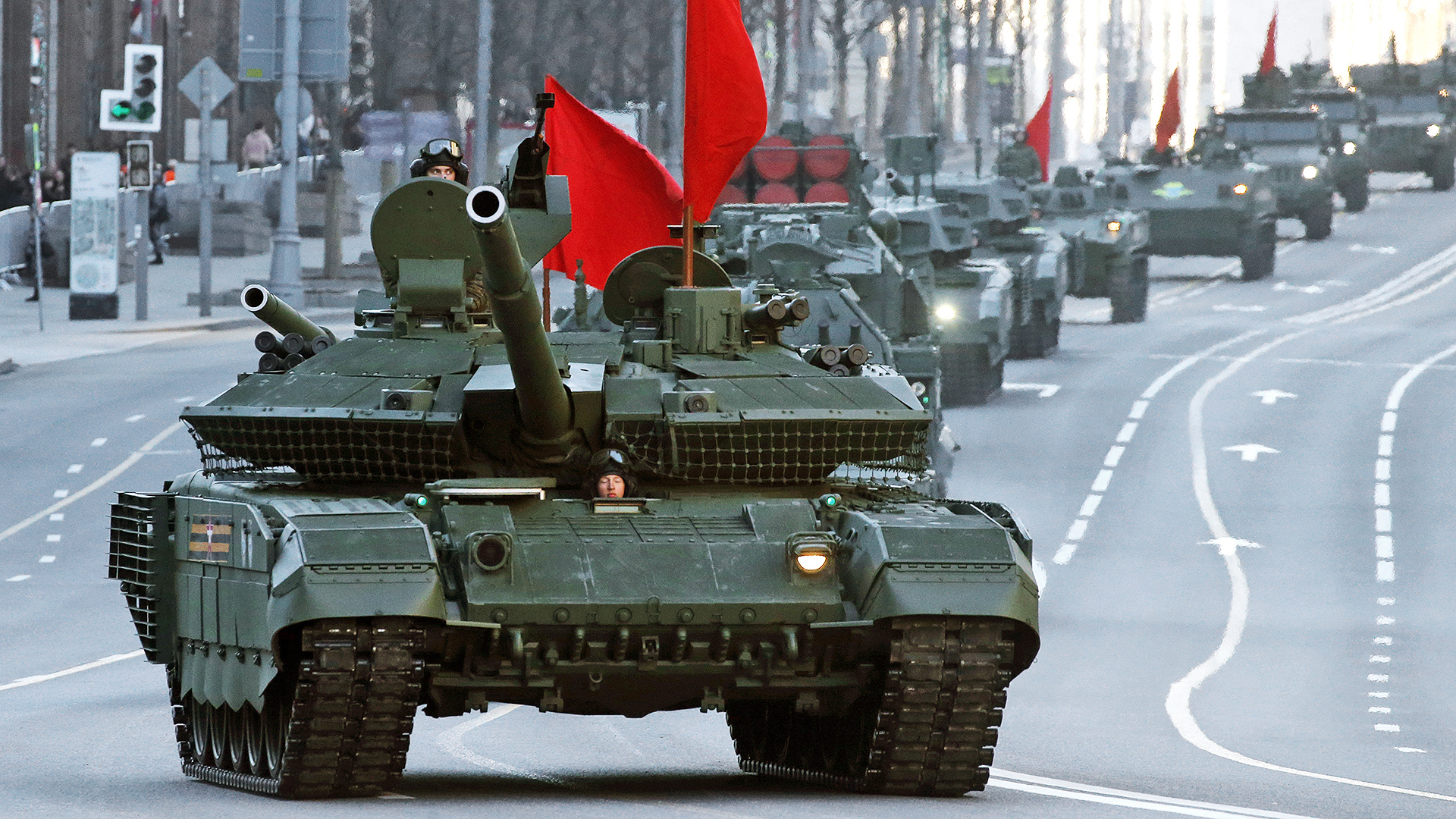A set of dubious referendums regarding the annexation of various Russian-occupied areas in eastern and southern Ukraine are set to come in the next week or so, according to Russian state media. This, in turn, would help provide a pretext for a formal declaration of war on Ukraine and putting the entire country on a true war footing. The term ‘mobilization’ continues to come up in Russian media, but it relates to more than just a general idea. Here’s what it means and why it is so important.
Mobilization, or ‘mobilizatsiya’ in Russian, is a relatively well-defined set of authorities that are ostensibly regulated by Russian law. A key aspect of the legal parameters is the need for Russia to be in a formal state of war for mobilization to be declared, hence the need for a pretext given the current unprovoked war on Ukraine. Officially declaring occupied areas to be Russian territory would allow the Kremlin to claim, regardless of the facts, that its soil is under attack from Ukrainian forces. Currently, the Russian government describes what it is carrying out in Ukraine as a “special military operation.”

“The main pillars of state mobilization are economic and military. The mobilization of the economy is the foundation for wider, general mobilization. It is reflected in the reorganization and conversion of industry, natural resources, transport and communications to the service of the armed forces, the activities of the state and the needs of the population in times of war,” a 2016 paper from the Chatham House think tank’s Russia and Eurasia Program explains. “This draws on Soviet-era planning, in which the military-industrial complex was at the heart of a centralized system to prepare the economy for war. Mobilization readiness was present at every level of power, and war plans were linked to industrialization.”
One of the most immediate impacts of a formal mobilization is on Russia’s conscript reserves. Other individuals, including those with specialized skills, such as doctors, as well as discharged military personnel, between the ages of 27 and 60 could also be conscripted into the armed forces. Those subject to conscription or potential conscription could face serious restrictions on their movements, including their ability to leave the country. As more evidence that mobilization is coming, just today, Russia’s parliament, or Duma, approved amendments to the country’s criminal code regarding, among other things, desertion and surrender during periods of wartime, martial law, and/or mobilization.
Russia’s President Vladimir Putin is expected to touch on all of this in a major speech today regarding his country’s nearly seven-month-old war on Ukraine. The possibility of a Russian mobilization has been raised on multiple occasions since the country’s all-out invasion of Ukraine began in February, but Russian authorities have repeatedly denied having any plans to do so. However, over the past four weeks or so, Ukrainian forces have made significant progress in liberating occupied areas of the country as part of an ongoing counter-offensive.
If Putin does indeed declare a formal mobilization, which seems increasingly likely, it remains to be seen whether it will be a full nationwide one or a partial one, which would be limited only to activities in certain regions. Mobilization of any kind, coupled with a formal declaration of war on Ukraine, could have other broader impacts, as well, including putting the entire Russian economy on more of a war footing.
At least in principle, “mobilization measures include substantial investments in arms procurement, in improved conditions of service in the armed forces and defense industry, and in command-and-control systems and enhanced coordination between ministries,” the 2016 Chatham House paper notes. “They also entail an intense program of exercises involving the domestic security services and the armed forces.”
Even when that report was published, however, there were questions about whether or not the Russian government had the resources to enact a large-scale mobilization and what the quality of the mobilized forces might be. On the military front, those questions are perhaps even more pronounced now given continual reports that many Russian conscripts, who are currently officially exempt from having to go to Ukraine, have been forced to sign contracts, changing their status so they can be sent to the front, or have otherwise be compelled to fight there. This can only have some impact on the total number of reservists available.
Russian authorities did start this year’s annual draft early, but how much training those individuals have received and the quality thereof is an open question. How long it might take for the Russian military to train anyone newly conscripted following a mobilization announcement, even to the most basic standards, remains to be seen. Reports have emerged repeatedly over the years about the dismal state of Russia’s military training enterprise, which is understood to be hampered by extremely poor infrastructure and to be rife with hazing and other more serious abuse.
Whether Russian industry is ready for a mobilization of any kind is also a matter of debate, especially after months of crippling international sanctions. The conflict has already exposed how reliant Russia’s defense industry is on foreign supply chains, especially when it comes to electronic components. There have been strong indicators that the country is having trouble replenishing its substantial materiel losses, as well as meeting basic logistics demands, not to mention finding replacement personnel.

The bigger question may ultimately turn out to be whether a declaration of war on Ukraine, as well as the start of some kind of mobilization, has other transformative impacts on the conflict. The Russian government arguing that newly annexed areas of Ukraine are its sovereign territory and therefore that it is under attack from a foreign power could raise new concerns about the potential for more significant escalation, including the use of nuclear weapons or other weapons of mass destruction in response to a claimed existential threat.
With Russian forces currently on the defensive in many respects, it is not unreasonable to wonder whether the Kremlin may be looking for a way to freeze the current conflict and secure at least some of its gains. A so-called escalate-to-deescalate strategy involving at least the threat of nuclear weapon use has been postulated as one way Russian authorities might seek such an immediate halt in the fighting.
All told, it very much remains to be seen what Putin will actually announce today, how those plans will be implemented, and what impacts they may have on the conflict immediately and in the coming weeks and months.
Contact the author: joe@thedrive.com
